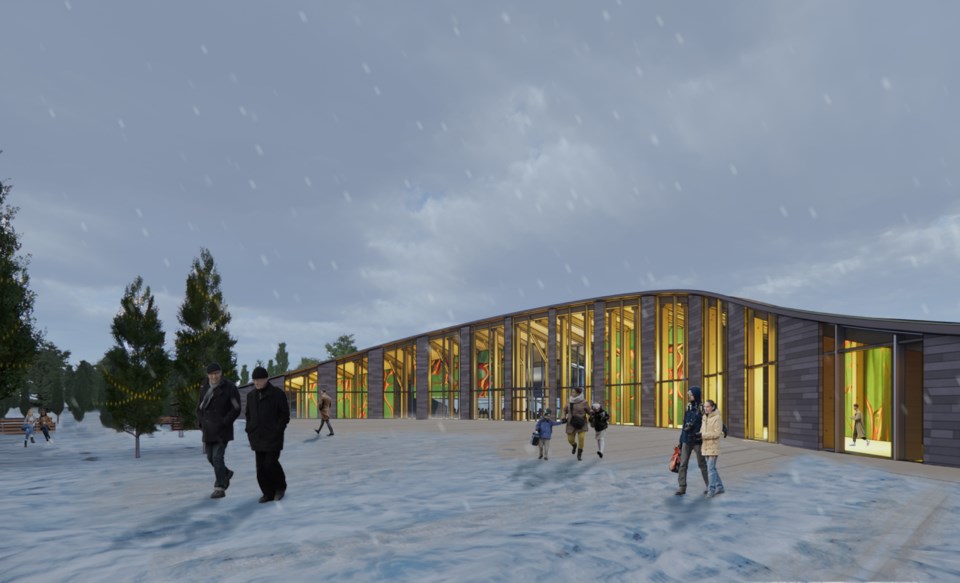IGNACE – Having chosen a site for keeping used nuclear fuel underground, the Nuclear Waste Management Organization is now reaching out to local and Indigenous businesses and suppliers in Northwestern Ontario about contracts relating to the project.
The deep geological repository, or DGR, that the industry funded organization wants to build west of Ignace means potentially hundreds of jobs and many other economic opportunities as well, a news release said.
“It's really exciting,” NWMO spokesperson Vince Ponka said Friday.
“We are looking for northern businesses, Northwestern Ontario businesses, to connect with us and register, just so we’re aware of the businesses that are out here, the suppliers that are out here.”
Ponka said the DGR “is such a major, huge project that we are really going to need businesses across Northwestern Ontario to come together to support us in making it happen.”
Prospective suppliers and service providers can register with the online platform Biddingo to bid on future NWMO contracts.
There is usually a fee required for businesses to download procurement bid packages, but the NWMO is now paying that fee.
Engineering and environmental monitoring are two examples of services the NWMO need now or in the near future, Ponka said.
“The NWMO is committed to moving our entire operations to the Northwest,” he said.
“We are going to become a northern company in the coming years, so it just makes sense that we would start building relationships with regional businesses that are close to the future deep geological repository.”
The NWMO, mandated by federal law and wholly funded by Canada’s nuclear power producers, on Nov. 28, 2024, chose the Revell site south of Highway 17 between Ignace and Wabigoon Lake as the location for a DGR it wants to build.
Ignace township is designated as the host municipality for the DGR, which is to be constructed in the traditional territory of Wabigoon Lake First Nation.
The DGR project must clear licensing and regulatory hurdles – and get ultimate approval from Wabigoon Lake after the First Nation conducts its own reviews – before construction can begin.
The NWMO has estimated construction could start in the 2030s and be completed in the early 2040s for placement of millions of radioactive fuel bundles in the decades that follow.
“This is a major public infrastructure project, and we want to help businesses in the area compete for our procurement opportunities,” Robert De Bartolo, the NWMO’s commercial director, said in a news release.
